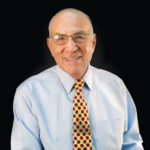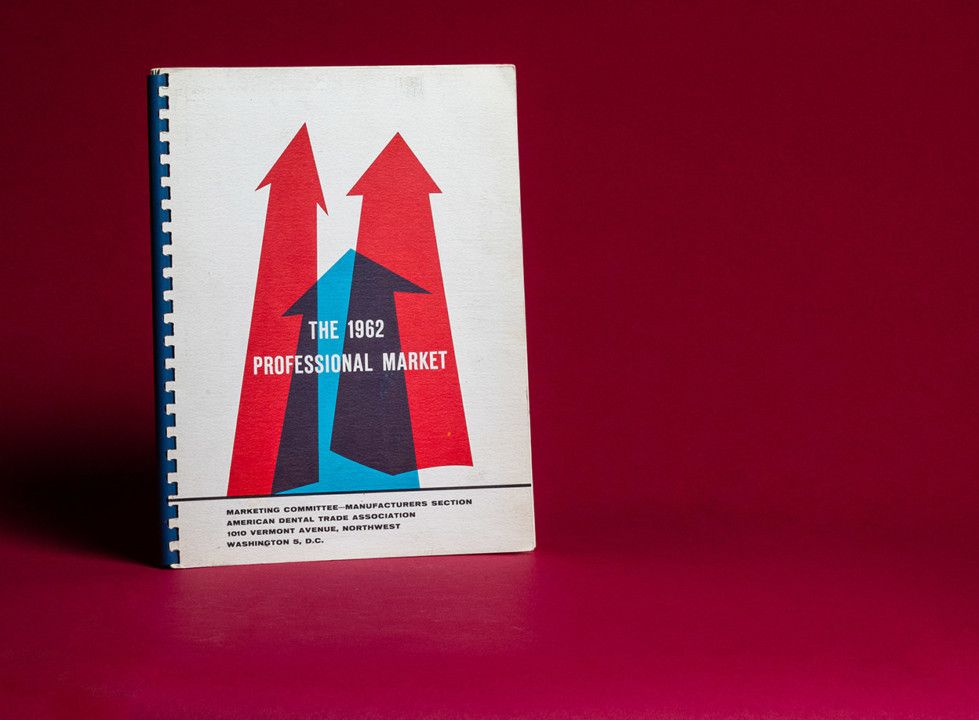Want proof that dentistry’s best days lie ahead? Check out this 1960s survey of what dentists were buying, back when gold and artificial teeth ruled.

LARRY COHEN, Benco Dental’s chairman and chief customer advocate, has over the past half-century collected hundreds of unique dental artifacts, which reside at Benco’s home office in Pittston, Pennsylvania.
A SURPRISING NUMBER of popular things from the 1960s are still going strong. The Beatles remain one of the biggest bands, with 26.1 million monthly listeners on Spotify alone. Kids still snap up more than 58 million Barbie dolls annually. Bell bottoms continue making comeback after fashion comeback.
Luckily, there’s little room for nostalgia when it comes to health care, as demonstrated by this 60-year-old study of the dental market. Back then, a whopping 500 dental distributors served 83,000 dentists nationwide. Female and minority doctors were few and far between. DSOs and groups didn’t exist. Dentists’ average gross income was $30,400 ($298,000 in today’s dollars) and their average yearly supply bill was $1,760 ($17,260 today), with a chunk set aside for artificial teeth and gold.
Believe it or not, no fewer than 50 gold manufacturers were fighting for a share of dentists’ wallets. Little wonder, as gold made up a substantial 6 percent of the entire market. Meanwhile, artificial-teeth purchases were only starting to shift from dental offices to laboratories, and most doctors were still making dentures themselves. Fully one in every five dollars spent by dentists was on teeth.

Contrast that with today. Here at Benco Dental, tooth sales make up less than half of 1 percent of our total volume. (However, while the percentage has shrunk, we sell 30 times more than we did in 1962.) It’s a similar story with gold, which makes up only about one-tenth of 1 percent of our total sales.
Talk about luck: I joined my father, Ben, in the dental business right around this era (1959, to be precise). The high-speed handpiece came along only a few years later, revolutionizing treatment and ushering in a new golden age of dentistry. It’s been a hell of a ride, and things keep changing for the better. Thanks to old documents like this one, we’re reminded of just how good we really have it today.



